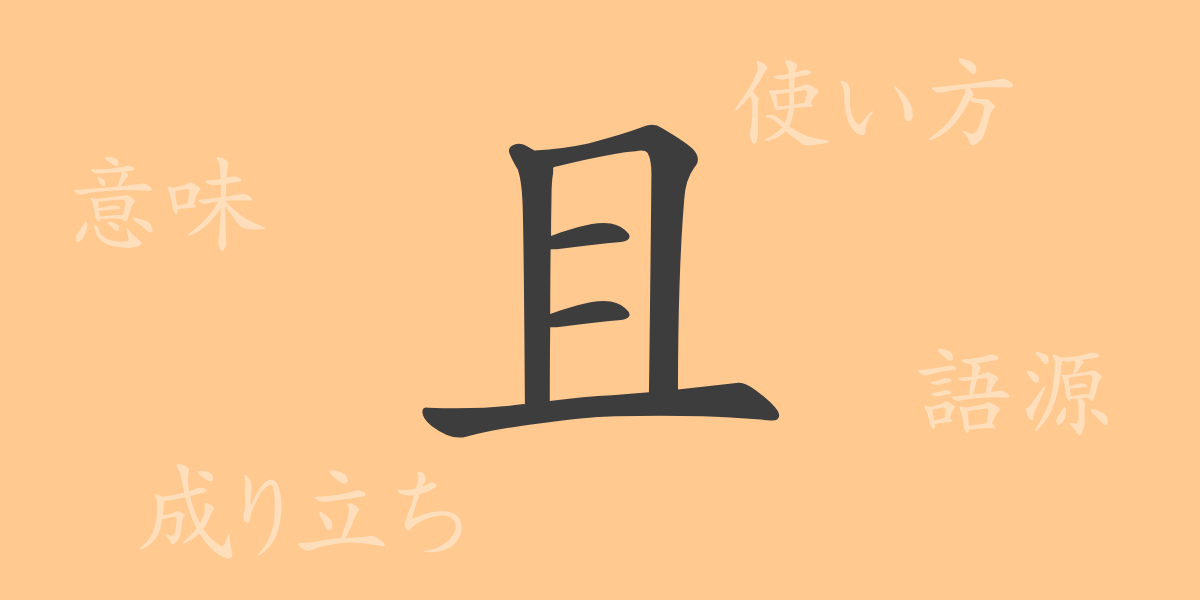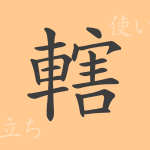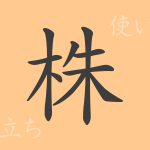While the Japanese language contains a multitude of kanji characters, one that holds particular interest due to its use in various aspects of life is “且” (katsu). This article delves into the charm of the kanji “且” (katsu), exploring its origins, meaning, usage, pronunciation, and related phrases and idioms. Let’s uncover the hidden history and culture behind this kanji that we may encounter in daily life and rediscover the richness of the Japanese language.
Origins of 且 (katsu)
The origins of the kanji “且” (katsu) are ancient, with its earliest form found in oracle bone script. It originally represented the pictograph of “a hand lifting a stone” and came to be used to specify time or place. Over time, as kanji were systematized, it settled into its current form and began to be used with various meanings.
Meaning and Usage of 且 (katsu)
The kanji “且” (katsu) has two meanings: “katsu” and “mata”. “katsu” is used as a conjunction meaning “and” or “furthermore,” while “mata” is used as an adverb meaning “in addition” or “moreover.” In Japanese, this kanji is utilized to connect sentences or add additional information.
Pronunciation, Stroke Count, and Radical of 且 (katsu)
The kanji “且” (katsu) has several pronunciations in Japanese.
- Pronunciation: The on’yomi (Sino-Japanese reading) is “sho” and “so”, while the kun’yomi (native Japanese reading) is “katsu” and “mata”.
- Stroke Count: The stroke count for “且” (katsu) is 5.
- Radical: The radical of this kanji is “一” (ichi).
Idioms, Phrases, and Proverbs Using 且 (katsu) and Their Meanings
There are numerous idioms, phrases, and proverbs in the Japanese language that include “且” (katsu). For instance, “且つ且つ” (katsukatsu) means “for a while,” and “且行且止” (かkatsukoukatsushi) means “to act flexibly according to the situation.” These expressions demonstrate the depth and richness of expression in the Japanese language.
Conclusion on 且 (katsu)
The kanji “且” (katsu), with its simple form, holds a variety of meanings and plays an important role in the Japanese language. It is used as a conjunction to connect sentences, as an adverb to emphasize meaning, and within idioms and phrases, showcasing its wide range of applications. As one of Japan’s commonly used kanji, the presence of “且” (katsu) in our language is an essential element to know for anyone who uses words.

























